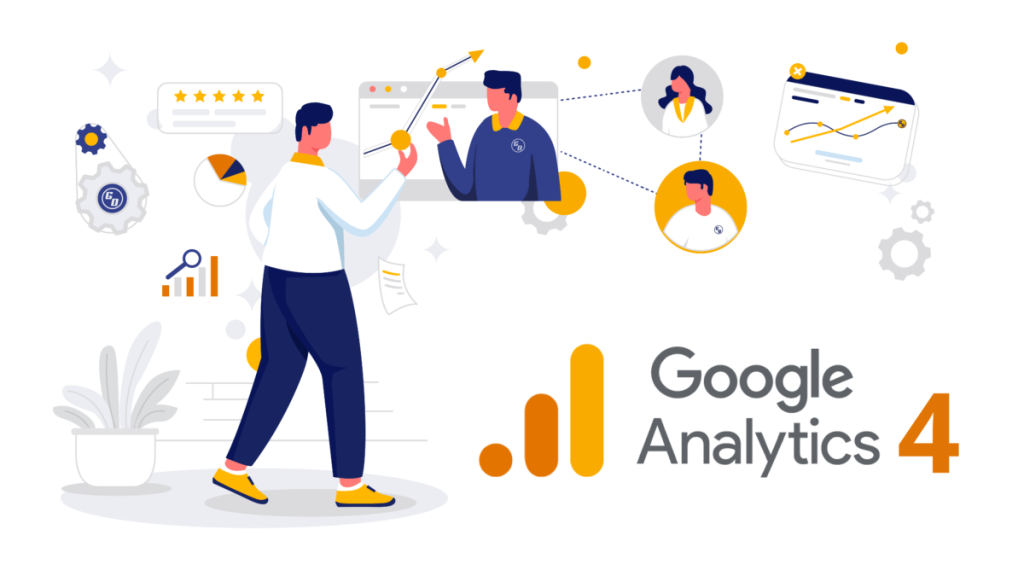On July 1, 2023, standard Universal Analytics properties will stop processing data. To start preparing for the transition to GA4, here are some steps you can follow:
- Review the differences between GA4 and Universal Analytics: Familiarise yourself with the new features and differences between the existing Universal Analytics and GA4 (see table below).
- Create a new GA4 property (or make sure you have access to the one created by Google automatically) alongside your existing Universal Analytics property. Start collecting data in GA4 and get familiar with the new platform.
- Set up data streams: Set up data streams to send data to your GA4 property. We can use existing integrations or custom implementations to send data to GA4.
- Set up events: We can start tracking events in GA4 by setting up event tracking for key actions on your website to help us understand how users interact with content.
- Review existing reports: You should review existing reports in Universal Analytics to identify which reports you want to carry to GA4. Some reports may not be available in GA4, so you may need to adjust your reporting strategy.
- Train your team and stakeholders: Understand the differences of GA4 and the new features and capabilities for measurement.
- Plan for migration: As noted above, this may involve adjusting your tracking strategy and/or re-evaluating your metrics to take advantage of the new features in GA4.

Main differences between UA and GA4
The following table sets out the key differences between Universal Analytics and GA4
| Feature | Universal Analytics | GA4 |
| Data Model | Uses a session-based data model | Uses a user centric and event-based data model |
| User Identification | Uses client ID, user ID, and third-party cookies to track users | Uses first-party cookies, unique user IDs, and enhanced measurement to track users |
| Event Tracking | Limited to predefined events and custom events with specific parameters | Allows for more flexible event tracking with customisable parameters |
| Ecommerce Tracking | Uses a separate ecommerce tracking code | Includes ecommerce tracking as a standard feature |
| Cross-Device Tracking | Limited ability to track users across devices | Includes cross-device tracking as a standard feature |
| Data Analysis | Requires additional tools such as Google Analytics custom reports or Google Data Studio | Includes advanced data analysis tools such as machine learning-powered insights and predictive metrics |
| Data Controls | Limited ability to control data collection and retention | Provides more granular data controls, including data deletion and consent management |
| Integrations | Integrates with third-party tools and platforms such as Google Ads and Google Search Console | Integrates with a wider range of Google Marketing Platform tools, as well as some third-party platforms |
| Future-Proofing | On July 1, 2023, standard Universal Analytics properties will stop processing data. | Designed to provide a more future-proof solution to web and app analytics |
